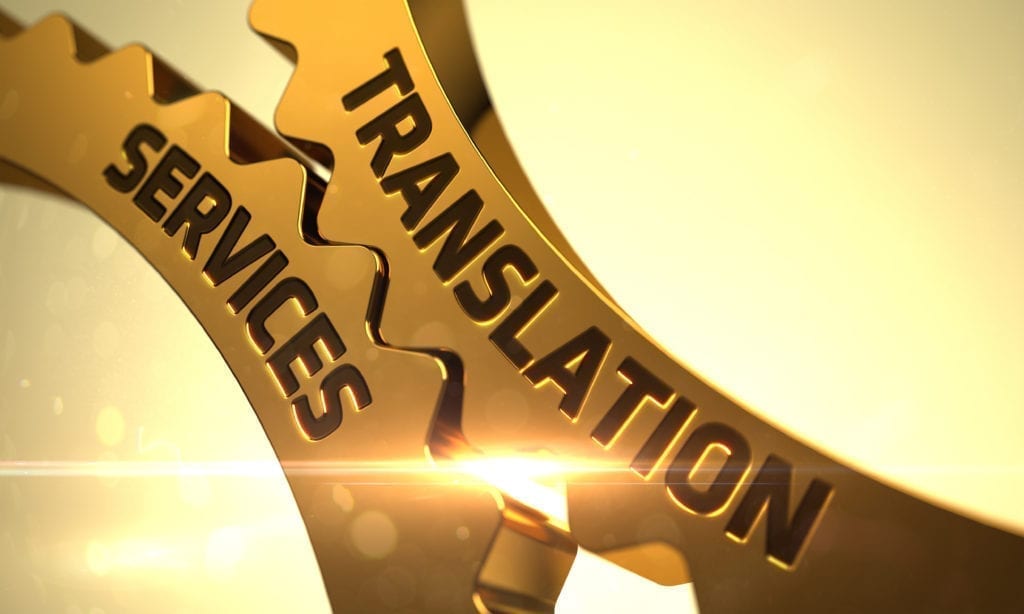When I first beginning functioning within the translation market and was tasked with prospecting for new clients, one particular of my common introductions would often be… ‘we provide high top quality translations’. Often this was met with slightly blank expressions – and rightly so as not many translation service providers would lay claim to offering poor excellent translations. I soon realised that this approach, and especially the use of the word ‘quality’, was not greatest suited to prospecting for new clients. The reason I was so keen to use this word even though approaching new consumers was since of the impact I had see it had in the course of my coaching, exactly where I had seen a prospect switch to our firm since of the “poor good quality” translations they had received elsewhere. In my mind the major cause consumers would select a specific provider was down to quality. When I nevertheless believe this to be the case in a lot of scenarios, other factors such as value, reputation, and capacity to offer the right service can be equally critical.
High quality, having said that, is still a very vital issue when picking your translation provider. The problem comes when attempting to evaluate high-quality. Normally, one of the troubles that face purchasers of translation services is the primary explanation they are applying the services of a supplier in the 1st location and that is that they do not have the abilities or capabilities in house for a particular language. In contrast to most small business solutions the high-quality of the work, consequently, cannot be validated the moment the function is delivered. This validation ordinarily comes when the work is published. This can be a costly exercise in testing, specifically if the outcomes are that the work is of a poor normal or, worse nevertheless, damages the reputation of the enterprise that has published the perform.
So how can you ensure that when you commission a translation service provider you’ll obtain a good quality translation and how do you go about measuring this? This post appears at the situation of high-quality inside the translation sector and examines the ways in which purchasers can evaluate the excellent of the translations they get.
For lots of years, the language service market has theorised on how to define a high quality translation. Most typically utilised to clarify what a excellent translation ought to be is that it meets and exceeds the customer’s expectation of good quality. This is a very good standard to adhere to, nevertheless, the difficulty comes in figuring out what will meet or exceed the customer’s expectation of good quality. Enterprise X’s understanding of (or requirements for) high quality may possibly be quite different from firm Y’s. It is important when commissioning translation that all parties involved in the approach (the buyer, supplier, the translator, and so forth.) are fully aware of what the expectation of high quality is. A helpful workout prior to confirming the assignment is to generate a portfolio of examples and samples of excellent translations that can be supplied to the language service provider. This can be utilised as a semi-style guide for the translator undertaking the assignment. It can also be useful to incorporate examples of poor high-quality translations to enable make your requirements extra explicit. These samples can act as a benchmark to evaluate completed translations. If you are at a stage where you are determining which language service provider you will be employing, it can also be quite beneficial to commission a sample or test piece of the text to ascertain the anticipated level of quality. Eventually, communicating your requirements and guaranteeing that they are understood will considerably improve the probability of getting a high-quality translation.
All round, when you analyse the high-quality of translation perform you are assessing three specific elements that make up the translation approach the agency, the translator and the actual translation itself. Firstly, you have to have to appear at the process the language service provider uses in terms of managing the work. There are a quantity of European and worldwide standards that present guidance for translation businesses when it comes to processing perform. The most widely utilized of these is BS EN 15038. However, just because a firm has accomplished a certain typical or follows particular recommendations, there is no guarantee that they will give a high-quality translation. As pointed out above, audio translation services if to ask the supplier to present a test piece of their work. Alternatively, ask to see a sample of function they really feel illustrates their quality. Furthermore, testimonials or references should really also be sought from satisfied customers.
Equally essential as the agency is who they commission to undertake the actual translation. It is vital to know how qualified the translator is to carry out the activity. This will not only be linguistic qualifications, but also relevant expertise and additional qualifications in their specific region of expertise. It would also be wise to confirm that the translator is a mother tongue linguist and their nation of residence. With translations that are expected for publication it is also a great thought to have a second mother tongue linguist verify the operate for errors and omissions, syntax and style. If the client performs with an agent in the nation exactly where the translation will be utilised it is also a fantastic thought to have the agent study via the perform. When all is stated and completed, the client and their agent will usually know additional about their organization than the translator and the agent may well like to make some recommendations, in particular if they will be applying the translation as a marketing and advertising tool as it is important that they feel comfy with it. Any self-respecting translation company really should be much more than prepared to perform with the agent to reach the desired result and incorporate any suggestions into the translation.
